Texas A&M scientists and AgriLife Extension specialists help fine-tune the Texas wine industry.
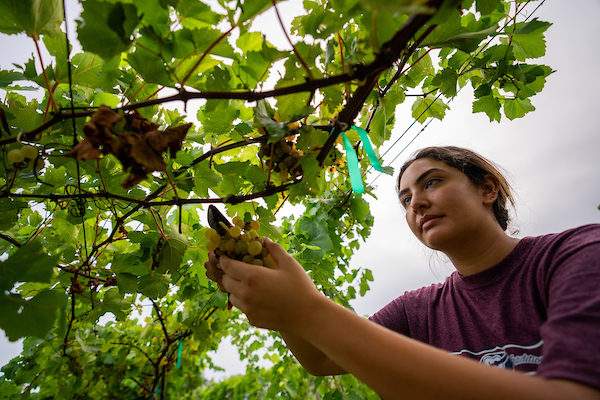
news, journals and articles from all over the world.

Texas A&M scientists and AgriLife Extension specialists help fine-tune the Texas wine industry.
According to a new study, women who drank two glasses of dealcoholized muscadine wine daily showed significant improvements in the elasticity and water retention of their skin compared with those who consumed a placebo.
Researchers reporting in ACS’ Journal of Agricultural and Food Chemistry have tweaked growing conditions for Cabernet Sauvignon grapes to slow down their ripening, which increased the levels of compounds associated with wine’s characteristic floral and fruity notes.
A Texas A&M AgriLife Research study has led to the discovery of the first curative and preventive bacteriophage treatment against the pathogen Xylella fastidiosa, which causes the deadly Pierce’s disease in grapevines.
Researchers at the University of Adelaide have found several grape varieties native to Cyprus, which tolerate drought conditions better than some international varieties popular in Australia, contain chemical compounds responsible for flavours preferred by Australian consumers.
California Sustainable Winegrowing Alliance programs promote sustainability

Wine consumers have reported that their consumption hasn’t changed much despite the stresses of lockdown. The results from a survey by a team of experts led by the University of Adelaide show patterns of wine consumption that also indicate a trend towards buying wine direct from producers.
The amount of alcohol consumed during a given drinking occasion is strongly associated with the duration of the occasion combined with the beverage type and serving size, according to a study reported in Alcoholism: Clinical and Experimental Research. Although previous research had indicated that alcohol consumption is influenced by the drinking context — for example, by the location, timing, or who was in the drinking group — it was not clear which characteristics are most strongly associated with alcohol consumption and how different factors combine to affect it. The new study aimed to identify which features, and combinations of features, are most predictive of the units of alcohol consumed during drinking occasions in Great Britain.
Researchers reporting in ACS’ Journal of Agricultural and Food Chemistry have explored how lipids –– fatty molecules abundant in cheese, meats, vegetable oils and other foods –– interact with grape tannins, masking the undesirable flavors of the wine compounds.
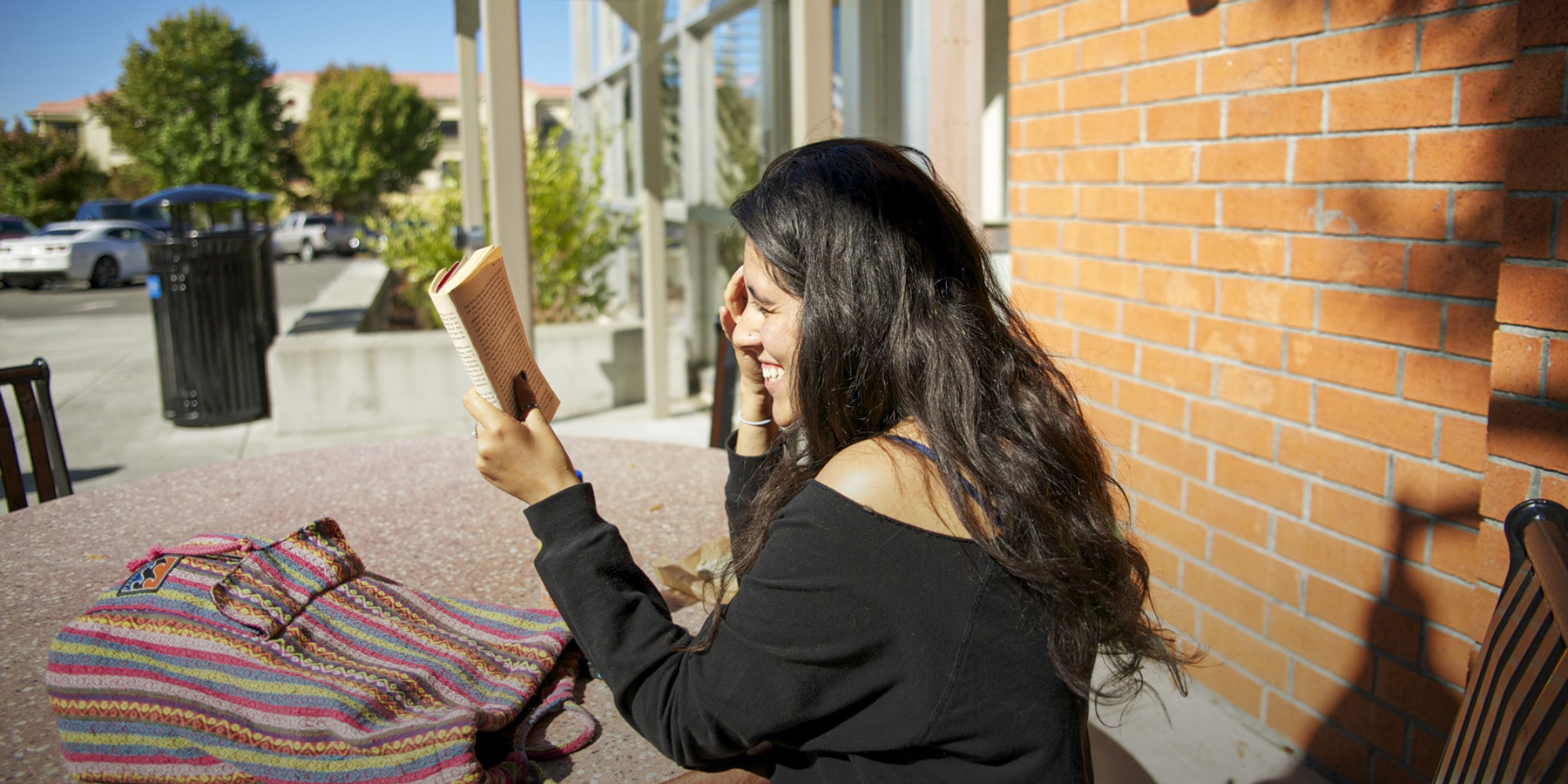
Dig into the knowledge and interests of CSU faculty experts with their personal book recommendations.
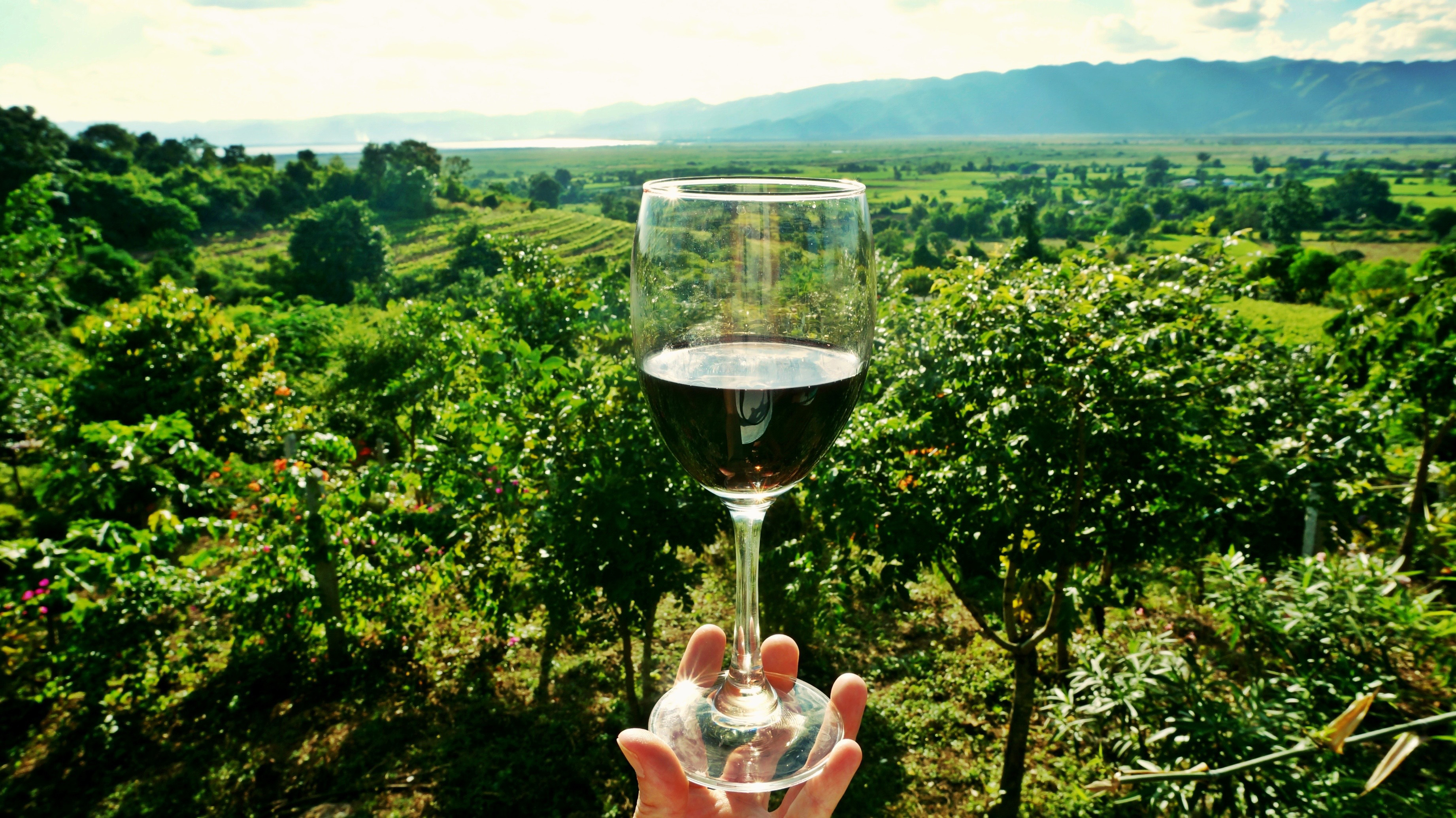
The University of Adelaide is bringing together experts from around the world in a two-day virtual conference – the XIII International Terroir Congress on 17-18 November, 2020 – to discuss the science that creates and defines regionality in wine.
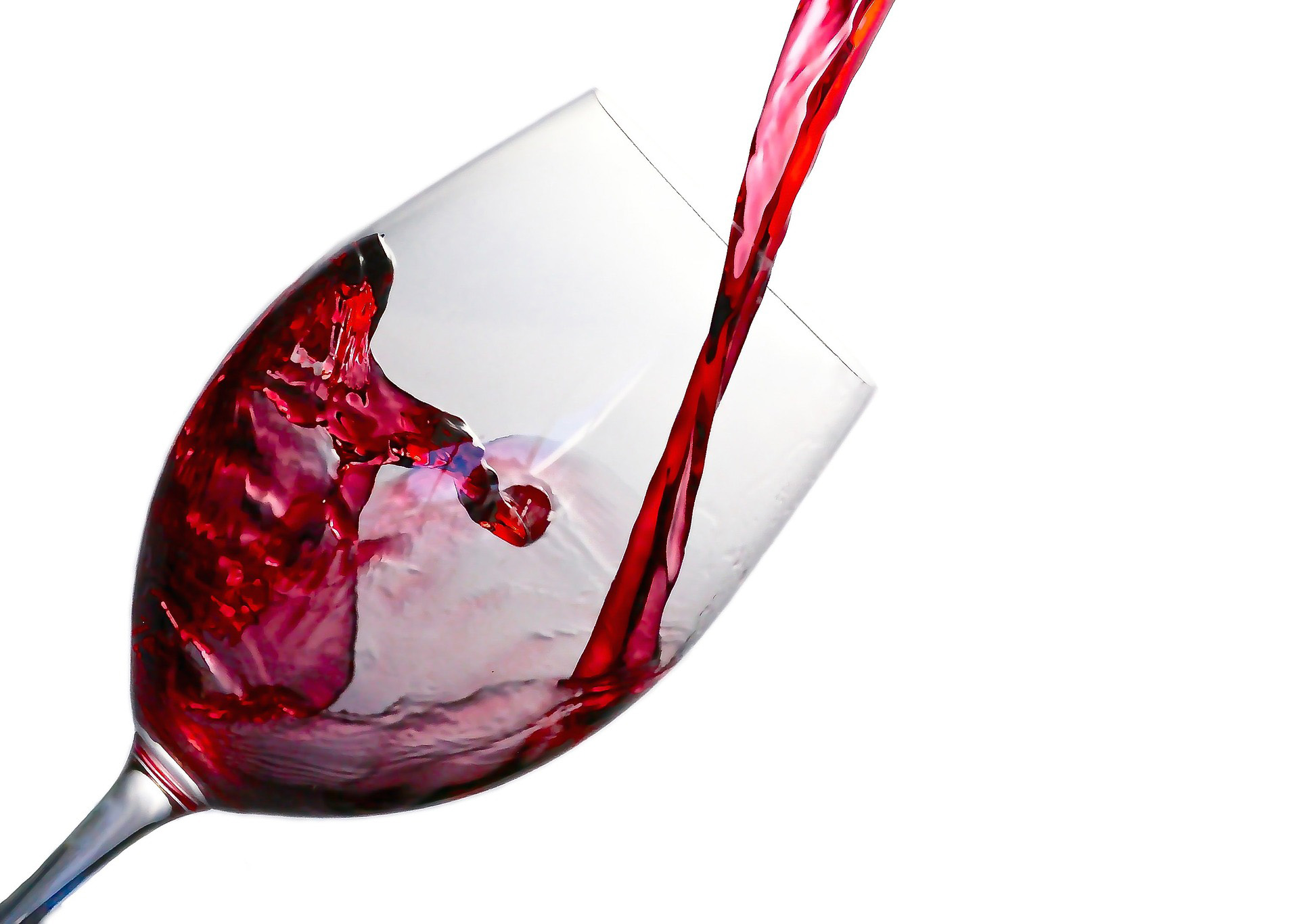
University of Adelaide wine researchers are developing a fast and simple method of authenticating wine – a potential solution against the estimated billions of dollars’ worth of wine fraud globally, but also offering a possible means of building regional branding.
The Glass Fire has already burned over 55,500 acres and hot, dry, windy conditions threaten additional fire danger to California’s Napa and Sonoma wine regions. Cheryl Stanley is a lecturer in food and beverage management at the Cornell University School of…
As the historic West Coast wildfires continue, the risk of smoke taint in vineyards across the region is rising. Gavin Sacks, a Cornell University professor of food science and an expert in enology and viticulture, says a surge capacity system will…
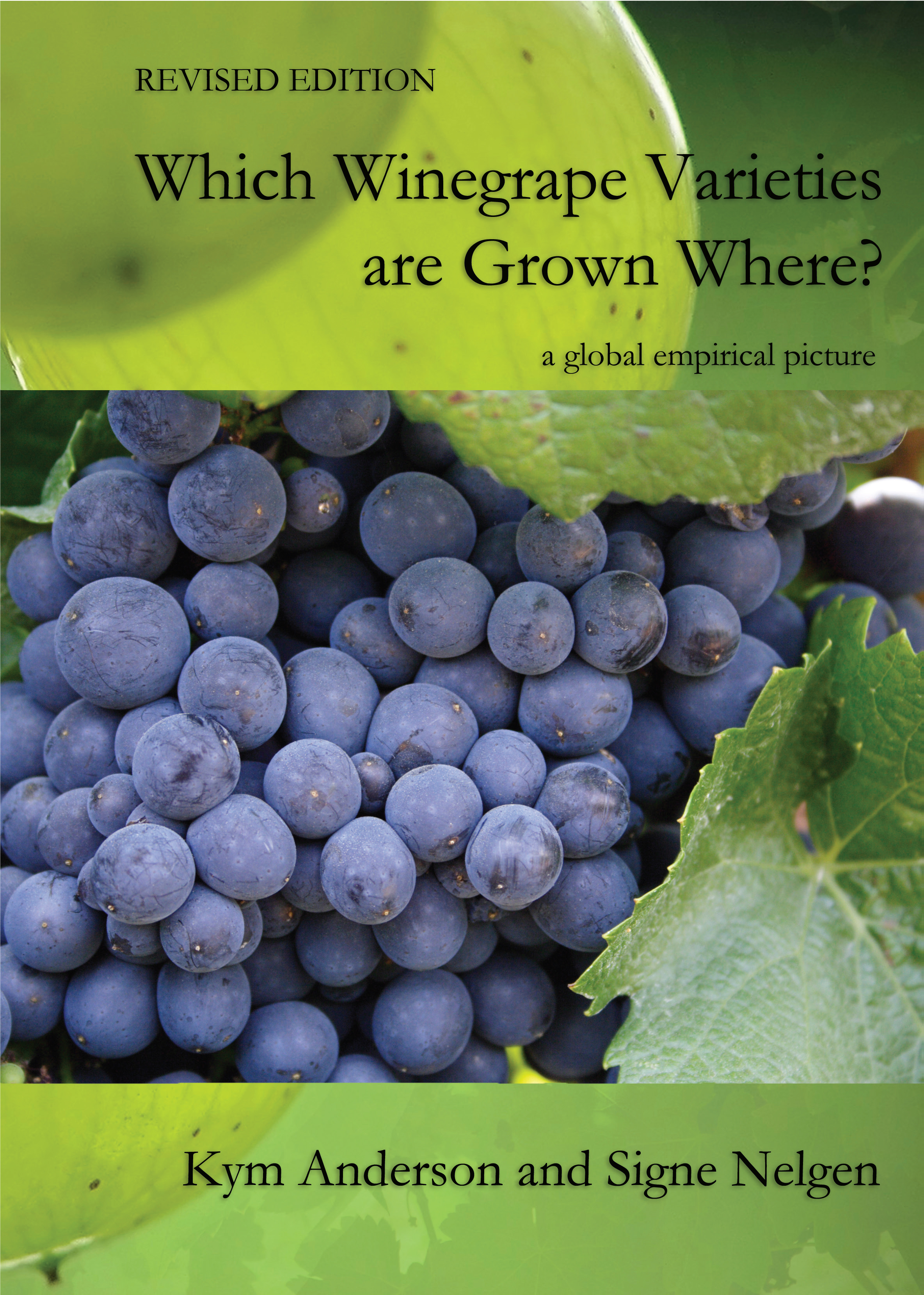
Winegrape growers around the world will be better able to navigate future global markets and the impacts of climate change with a new book available free online. Which Winegrape Varieties are Grown Where? A Global Empirical Picture provides snapshots from 1990 to 2016 of the world’s vineyard bearing areas of more than 1700 prime grape varieties in over 700 wine regions.
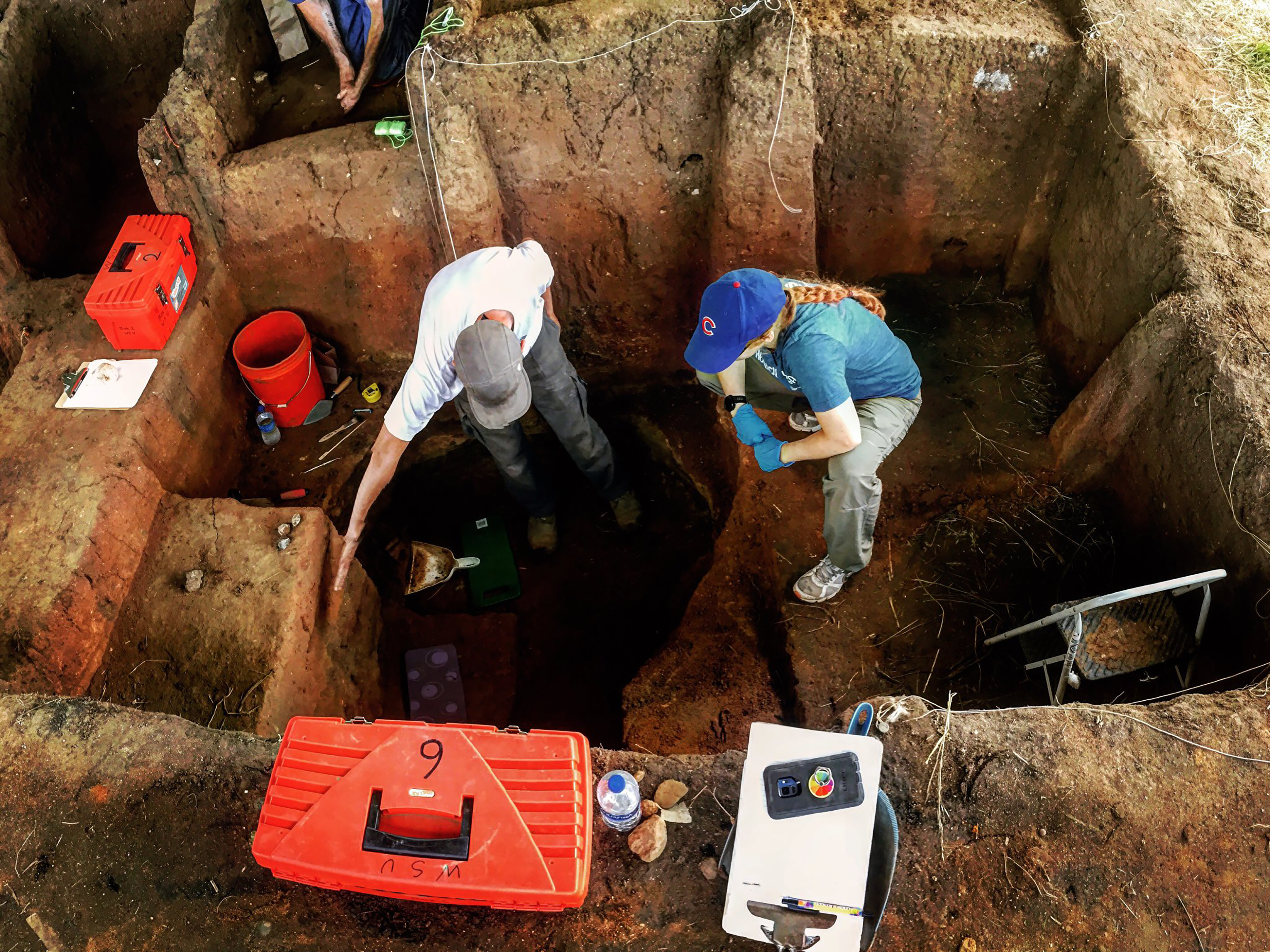
From suburbia to cities across the globe, caffeine and wine are often a source of collective comfort: the first for a morning pick-me-up, the latter to unwind. Now a Wichita State University professor has discovered evidence to suggest that even our ancient ancestors enjoyed these drinks.
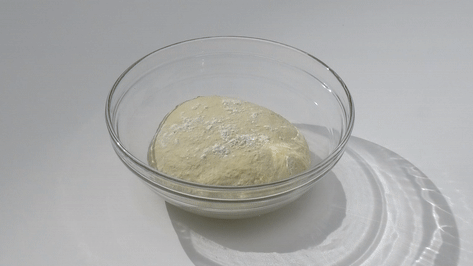
What IS baker’s yeast? What does yeast do in nature? And why do scientists use it so much in the lab? University at Buffalo biologists chat about these questions.
M. Hakan Hekimoğlu, an assistant professor in the Lally School of Management at Rensselaer Polytechnic Institute, and his co-author, Burak Kazaz of Syracuse University, have developed a robust and highly accurate pricing model for Bordeaux wine futures using four factors: temperature, precipitation, market index, and expert reviews.
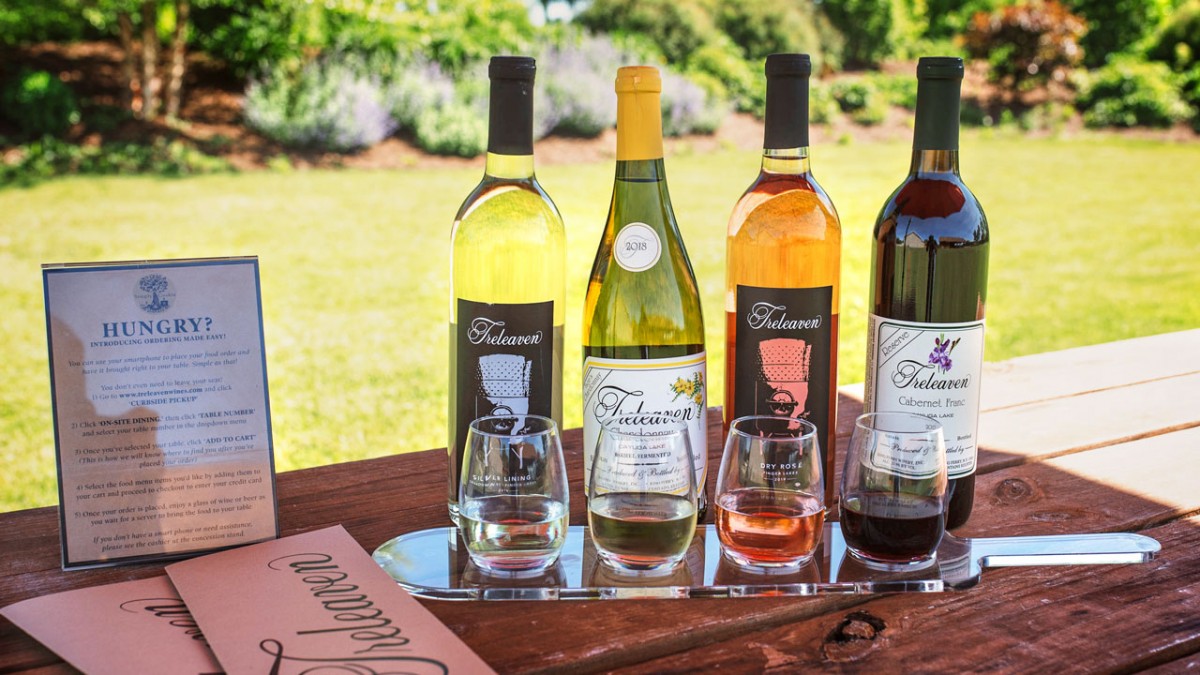
The tasting rooms of New York state’s craft beverage industry are beginning to open up. Cornell University experts offer best practices on how reopen safely in the era of COVID-19.
Sauvignon Blanc, Semillon, or Chardonnay – when you reach for your favourite white, it’s the clean, clear sparkle that first catches your eye. Or does it? When white wines look cloudy it’s a sign of protein instability, and a sure-fire way to turn customers away. Now, new research is ensuring white wines will always look their best as novel magnetic nanotechnology is proving to quickly and efficiently remove haze-forming proteins in white wine.
Researchers from Cornell and Pennsylvania State Universities are developing a high-tech, portable imaging system that will increase profits and yields by making winter grapevine pruning more efficient.
As preparations begin for the Thanksgiving holiday, experts from the Cornell Craft Beverage Institute offer beverage pairings for the food feast, as well as delicious drinks for cooking, watching football and even those sometimes-challenging conversations with family. The Cornell Craft Beverage…
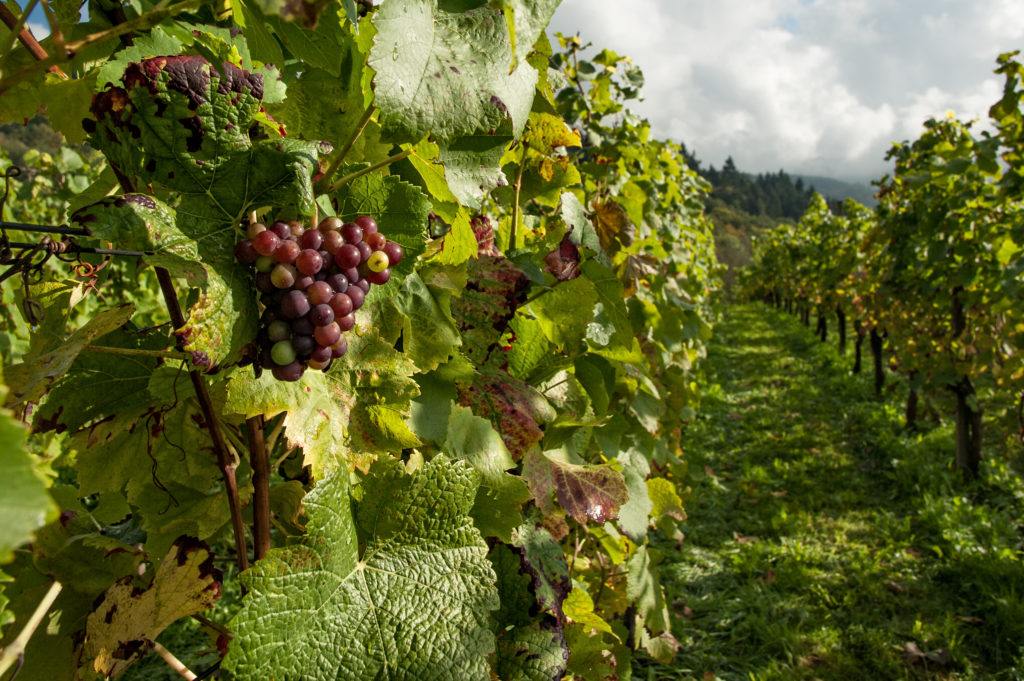
A new research study from Queen’s University Belfast has examined the changing inspection of labour standards on South African vineyards, arguing that activist pressure on wine global supply chains has added pressure on both private and public regulators to tackle labour exploitation.